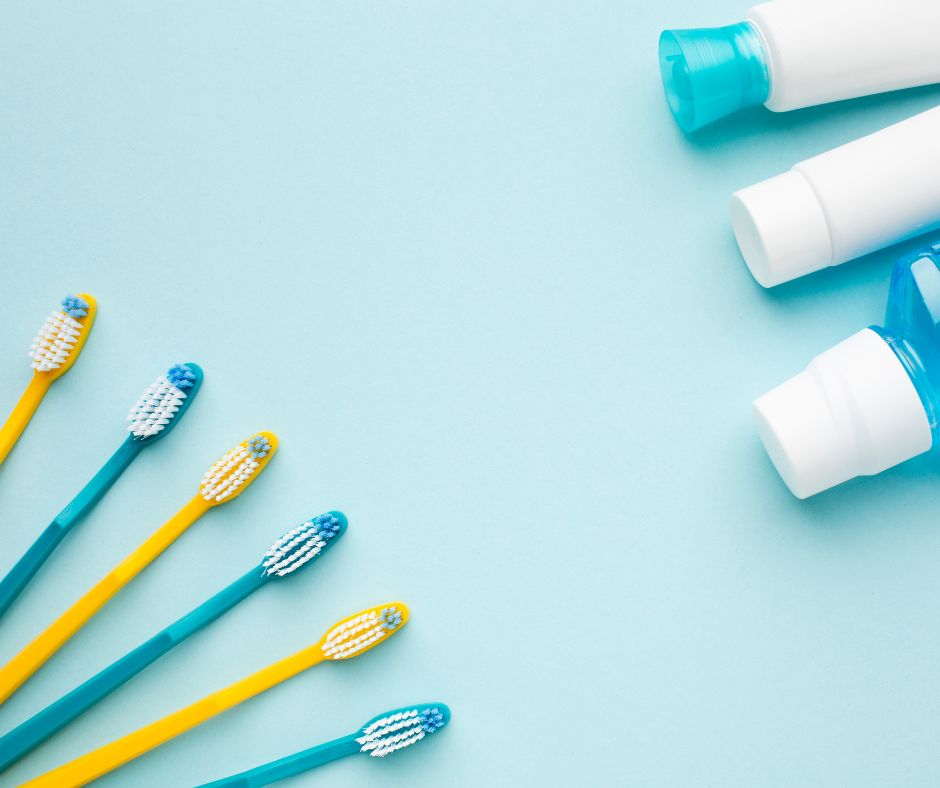The Most Effective Tooth-Cleaning Tools? ADA Recommends

Not all oral hygiene products are created equal
You could spend a small fortune on home dental care if you believed the ads, but research from the American Dental Association (ADA) shows, for the average patient, following your dentist’s and hygienist’s advice is all you need: Brush your teeth twice a day with a fluoride toothpaste and clean between your teeth daily. Still, your options are many; here’s what the professionals say is worth your time and money.
Toothbrushes: Manual or electric?
Statistically, one is no better than the other. If you were a perfect brusher with a regular toothbrush, you could do just as good a job as the electric toothbrush. The electric toothbrush compensates for less-than-perfect brushing. The built-in timers help ensure people brush for the recommended two minutes. During those two minutes, the ADA recommend brushing top and bottom teeth, inside and outside. Brushing the tongue can help with bad breath, and can be done with either type of toothbrush.
Toothpaste
Be sure it contains fluoride, and for those with sensitive teeth, choose toothpaste designed for such teeth. While whitening toothpastes can have slight effects by removing surface stains due to coffee and smoking, they don’t change the natural color that goes beyond the tooth’s surface. For that, you need over-the-counter or professional bleaching products that have contact with the teeth for extended periods. If you have gum problems, use caution with whitening toothpastes, as they can aggravate gum sensitivity for those with gum recession.
Floss, oral irrigator or toothpick?
The best way to clean between teeth daily is the method patients prefer and will follow, according to the ADA. Whether you choose waxed or unwaxed floss, glide floss or floss picks, research shows daily use decreases tooth decay. For people with dexterity challenges, oral irrigators, or water picks, are another option for cleaning between the teeth.